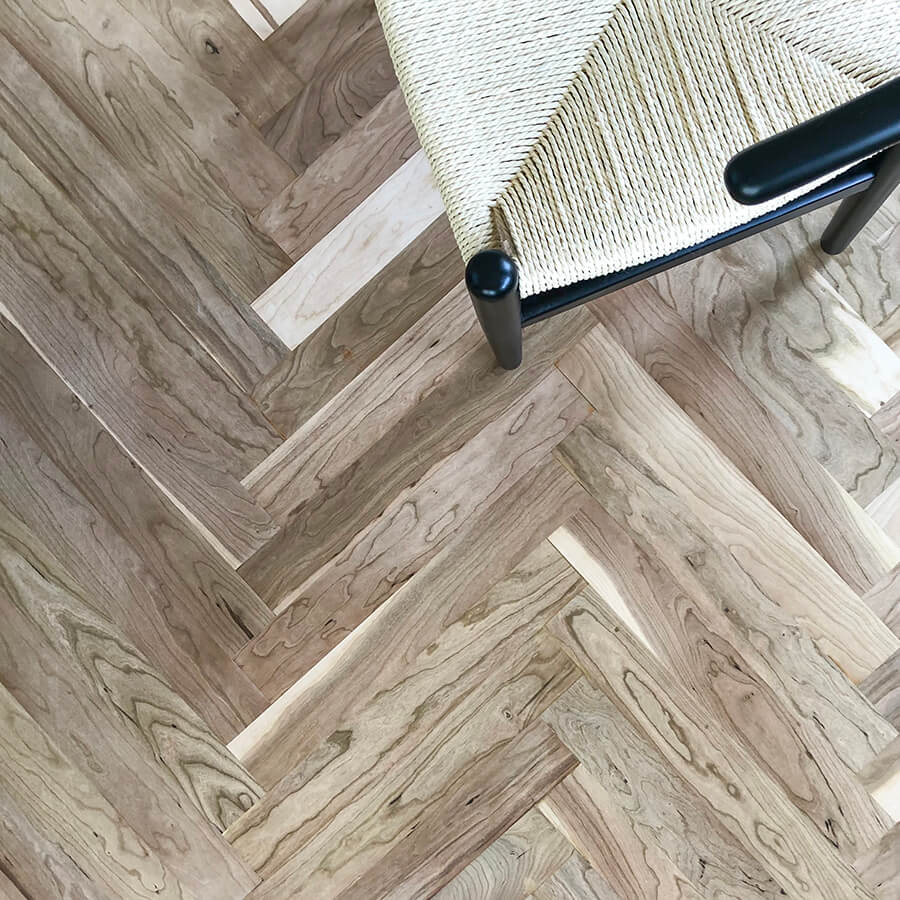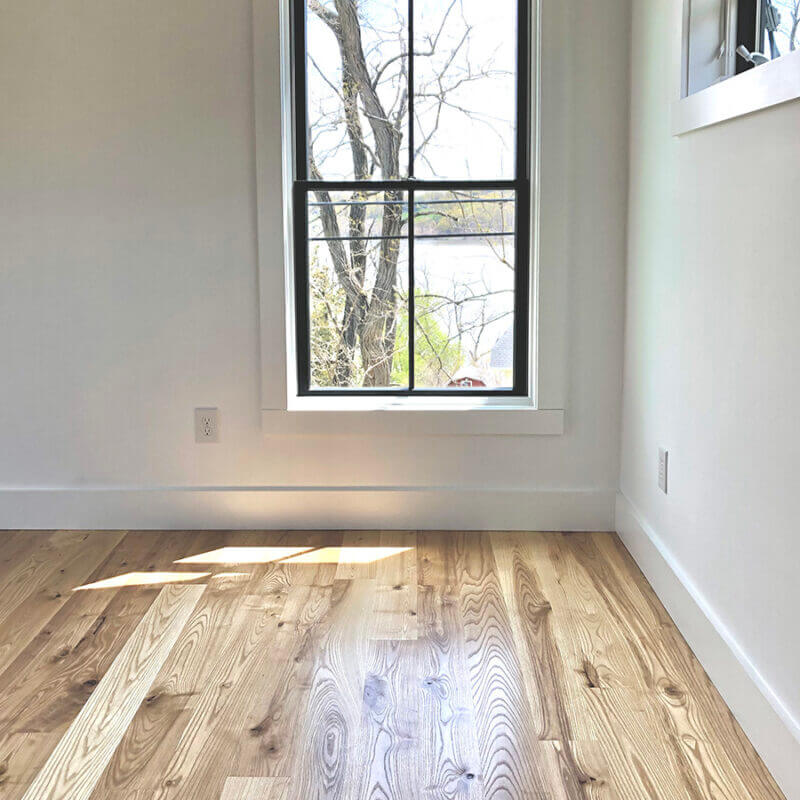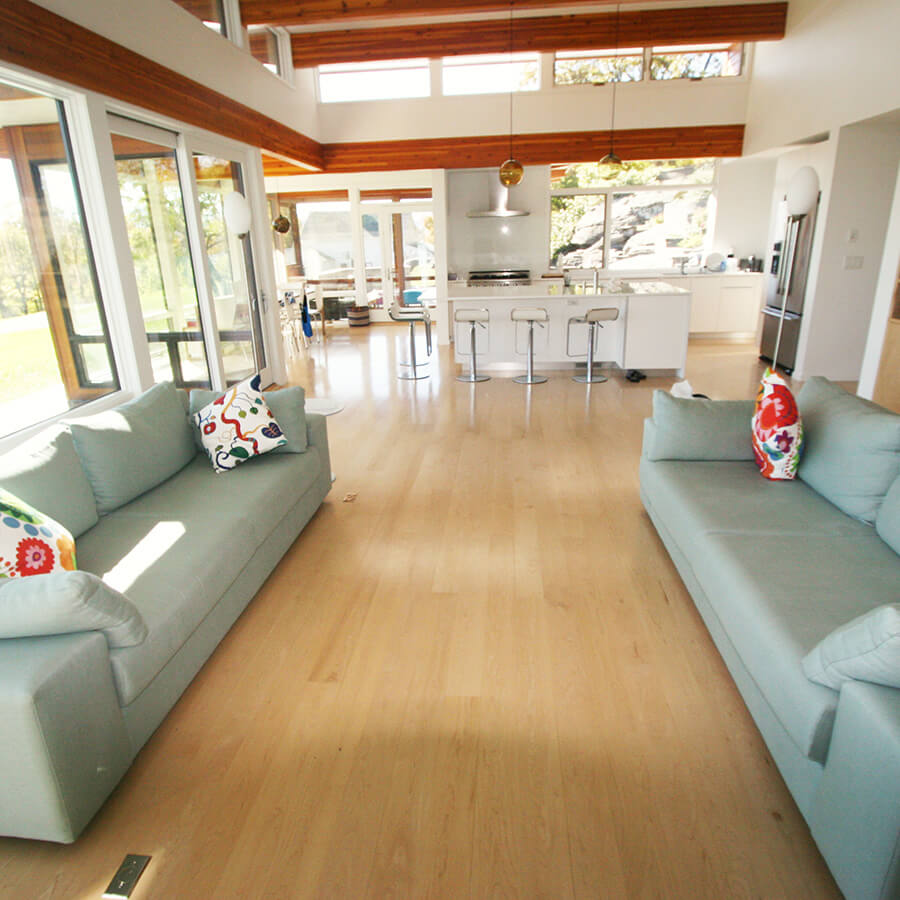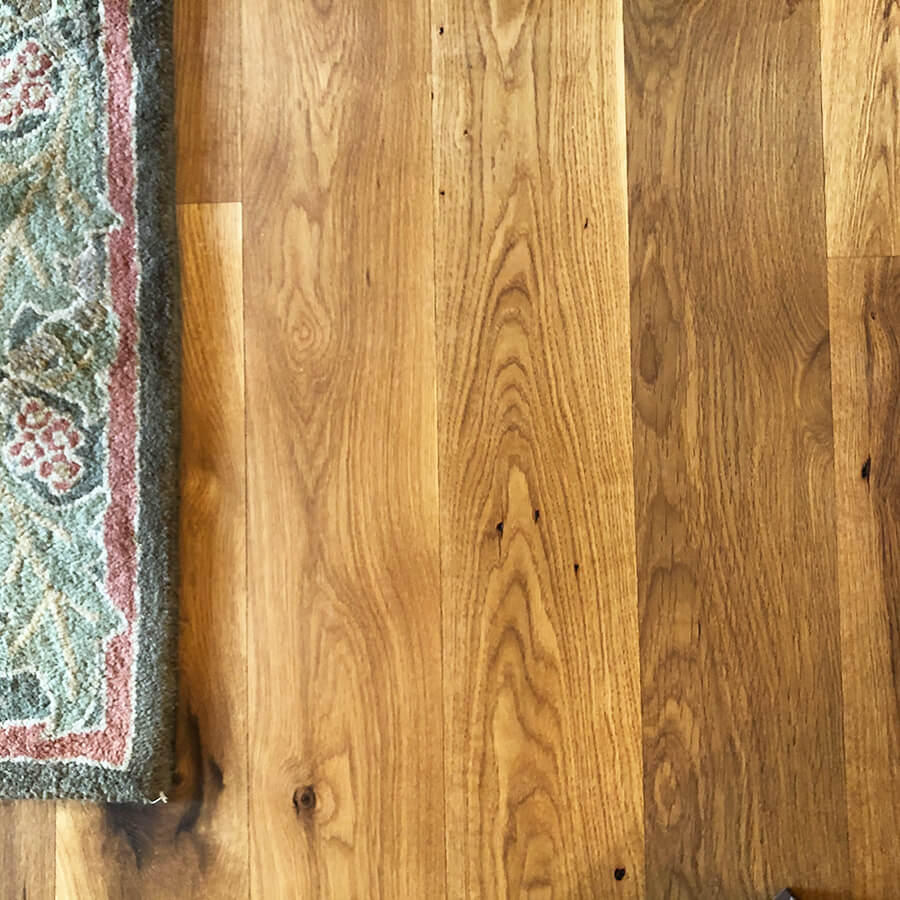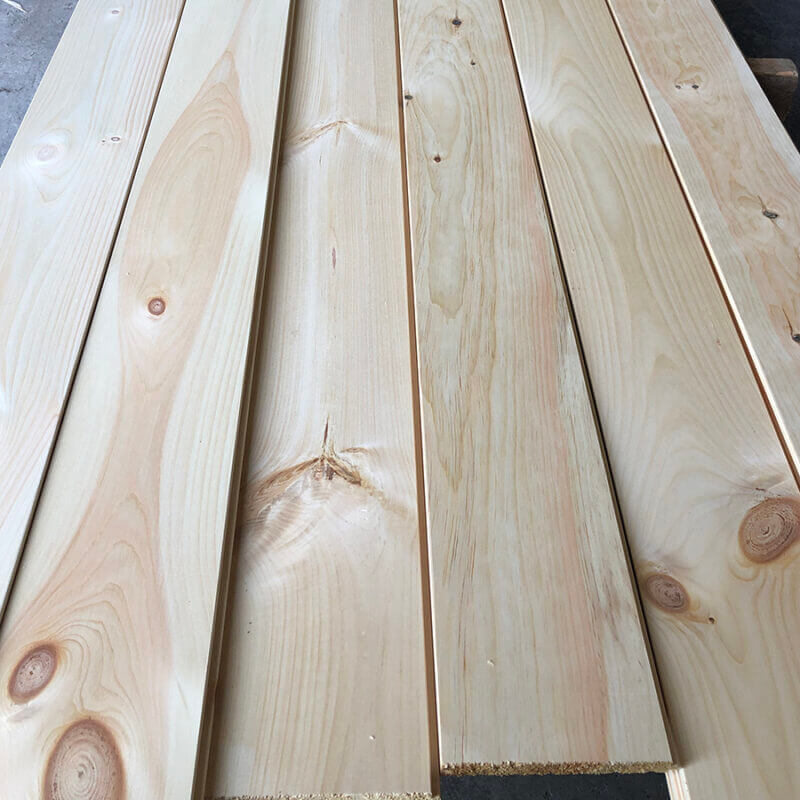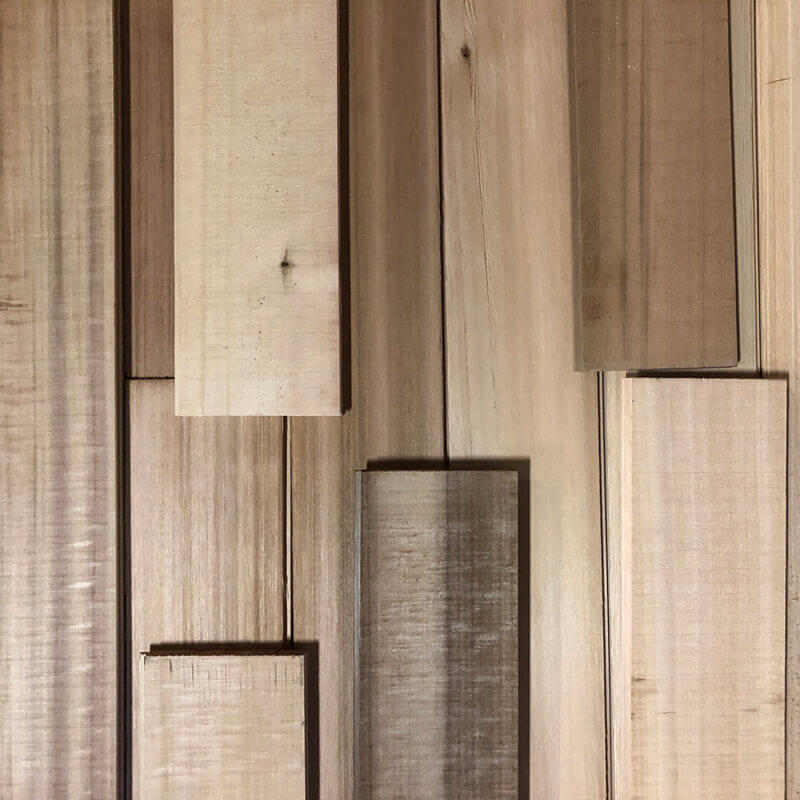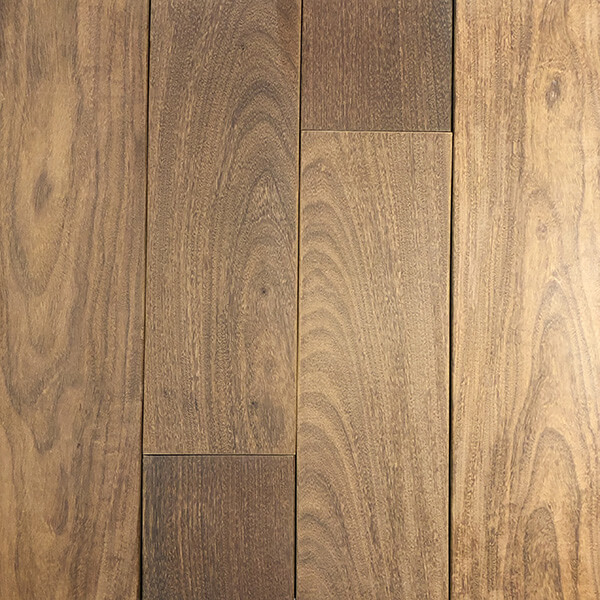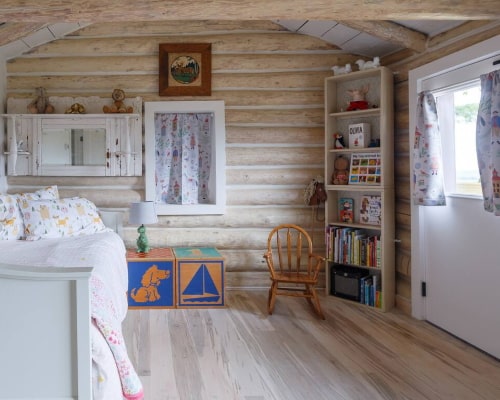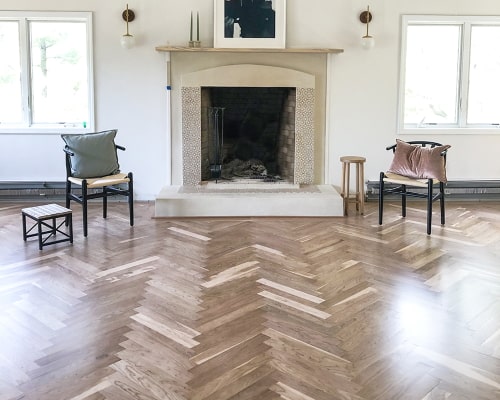December 5, 2021
Sapwood is the part of the tree just under the bark. I think of it as the circulatory system of the tree. It delivers water and nutrients from the roots to the crown. The heartwood is the center of the tree underneath the sapwood.
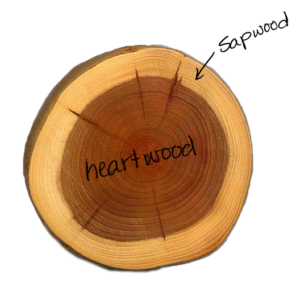
Often sapwood is lighter in color than heartwood. Walnut is a dramatic example of this, as is Cherry and Western Red Cedar. Check out the beautiful, natural color variation.
Some species have less contrast in color from sapwood to heartwood. Overall, they are more consistent in color but still exhibit lovely variations, some examples are white oak, ash, and Eastern white pine.
Each species and tree is different. Many factors contribute to color variations like altitude, soil PH, climate, and injury to the tree.
Have a look at the variety in color that nature provides:
A few species can be selected and milled to help decrease color variations (like hard white maple and walnut) but most are not offered this way. Selecting the right species and coatings (stain, polyurethane, oil) is an important step in creating the appearance you desire when working with wood.
Excelsior is happy to help with this process. Please give us a jingle or send us a message anytime!

